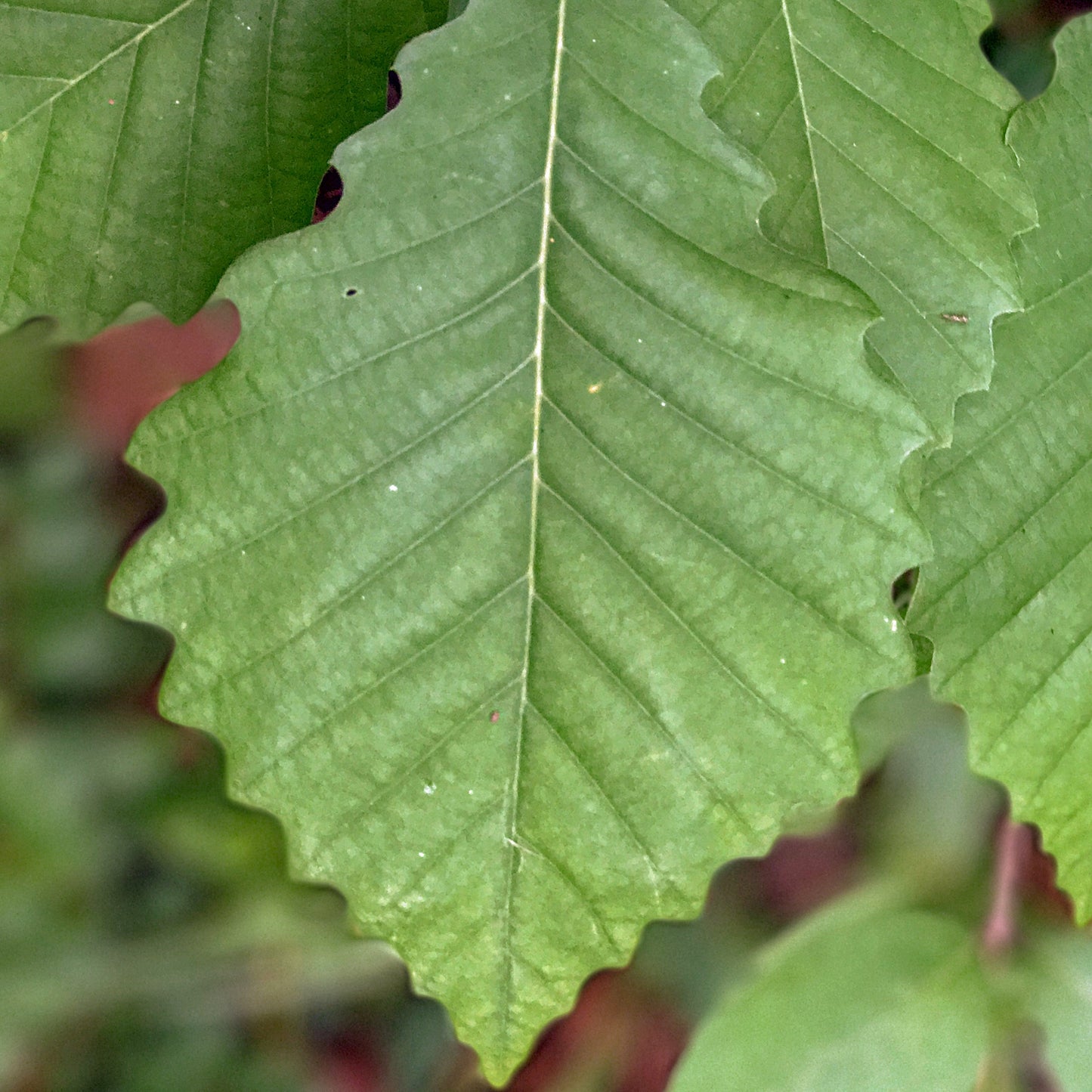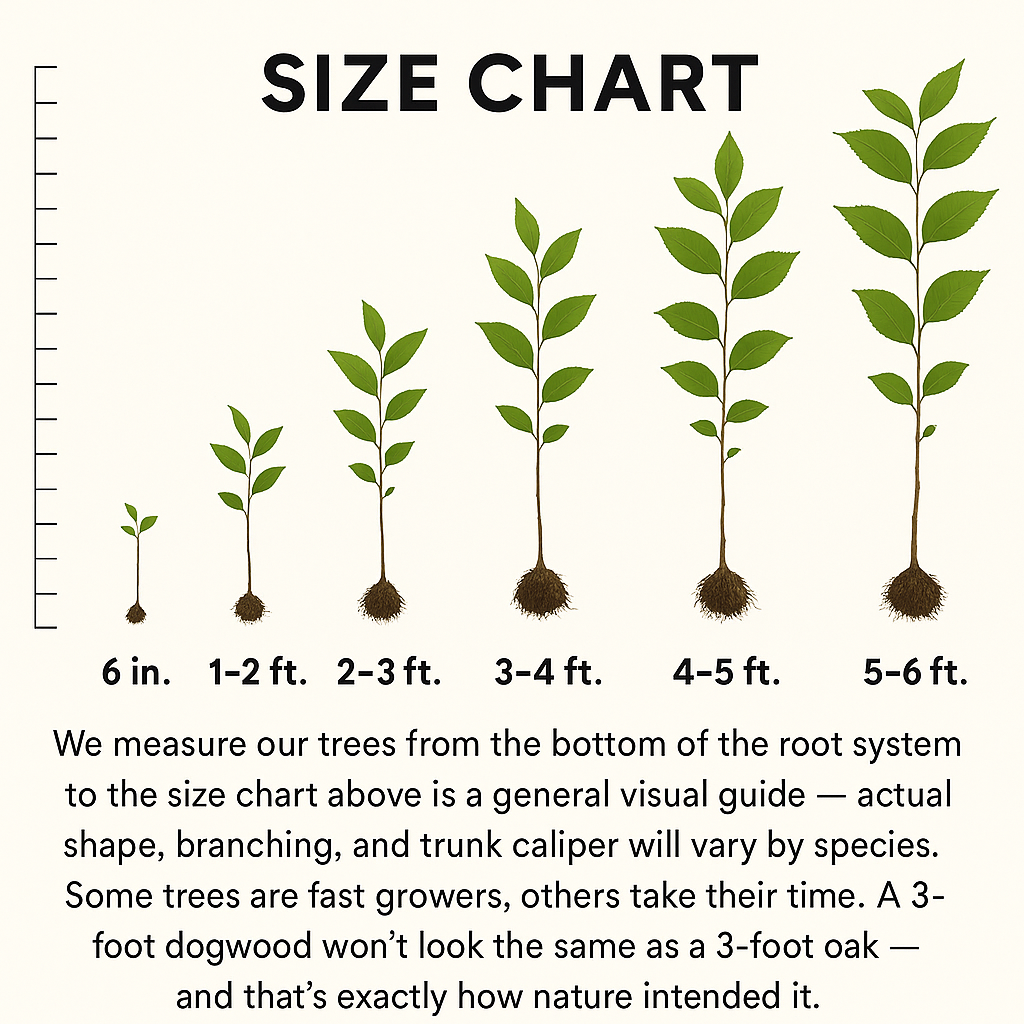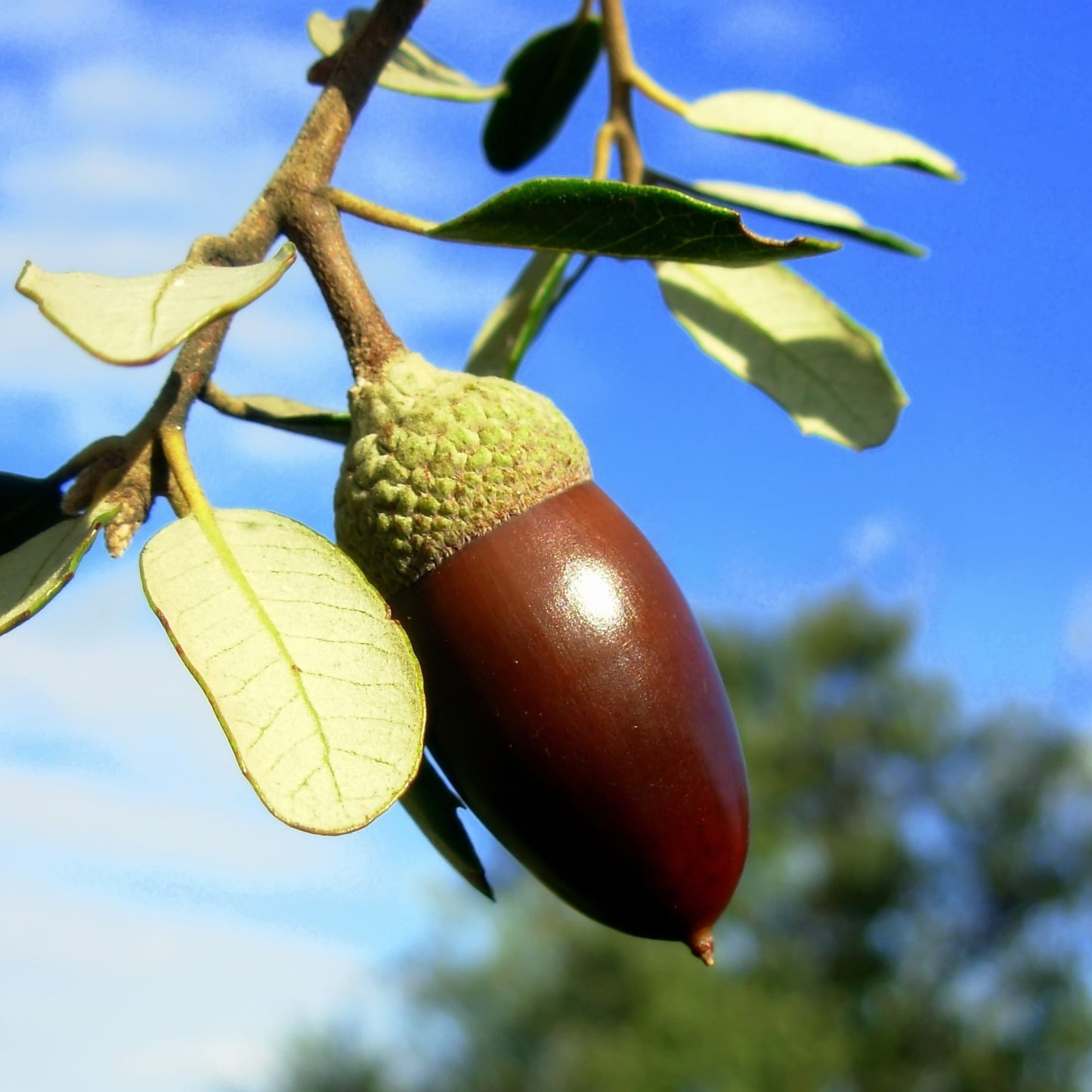Limited Quantities - Reserve Now For Fall
-
Beginner Zones 4-8
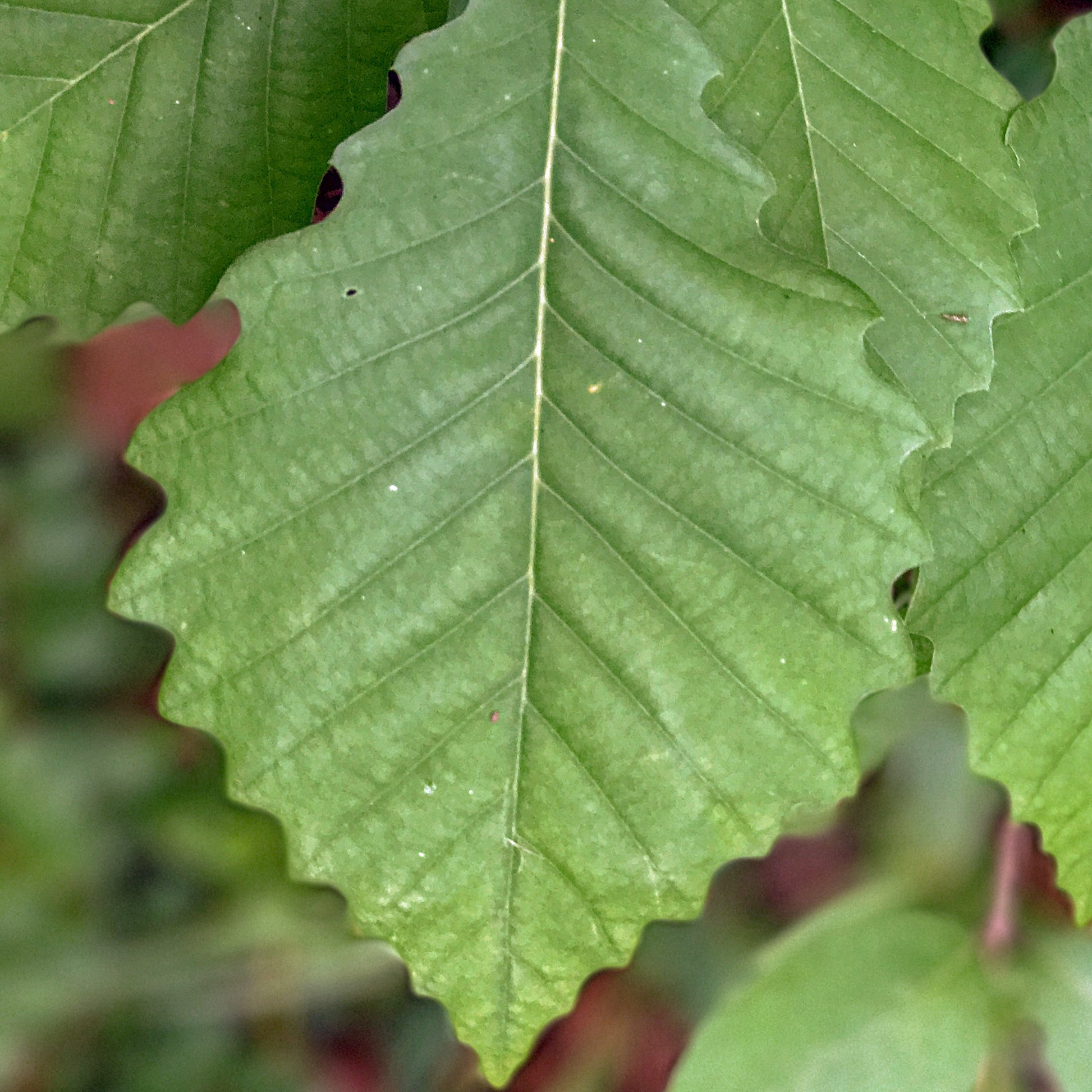
-
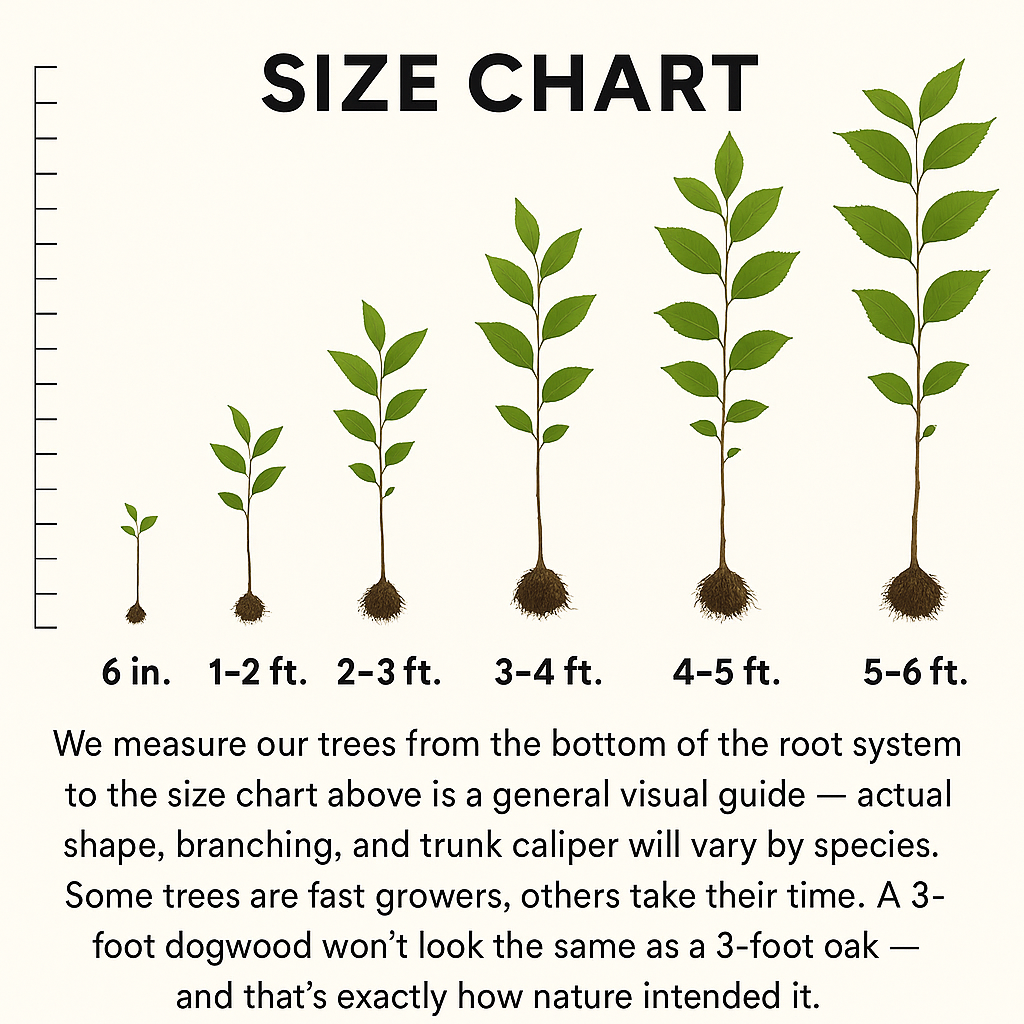
-
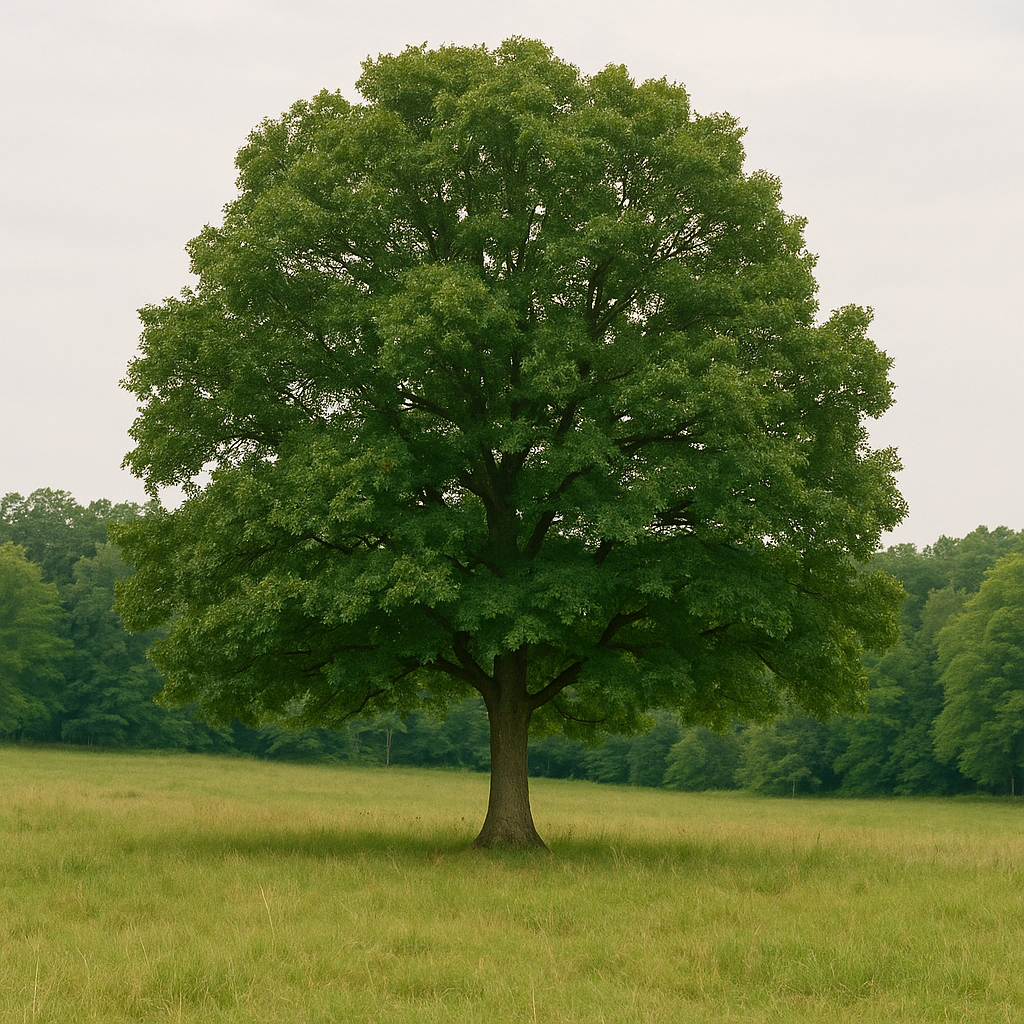
-
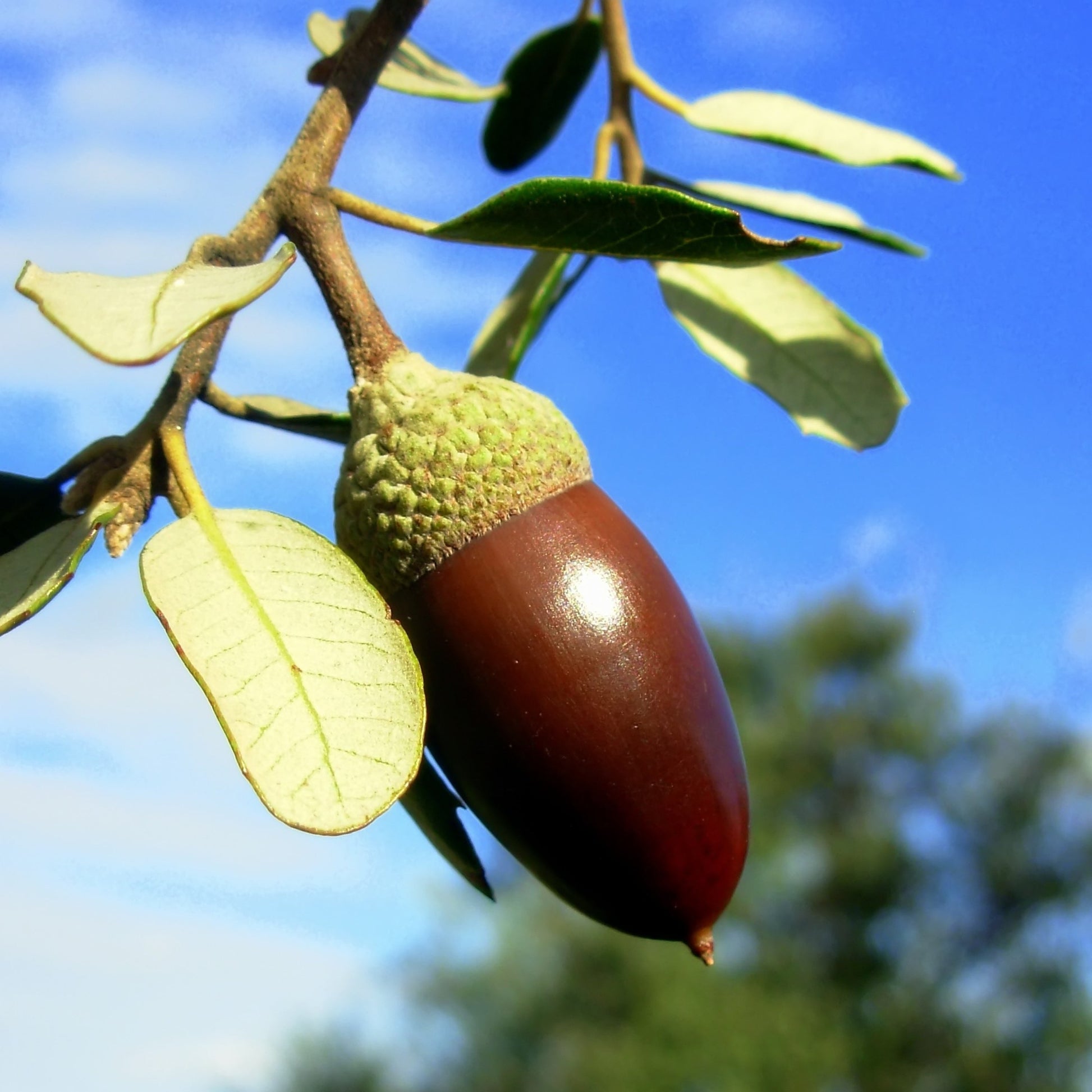
Chestnut Oak Tree
Chestnut Oak Tree
Couldn't load pickup availability
Quercus montana, -formerly Quercus prinus
Chestnut Oak Tree
The Chestnut Oak Tree is a rugged native oak known for its deeply furrowed bark, chestnut-like leaves, and ability to thrive on rocky slopes and dry ridges. With its stately form, brilliant yellow fall color, and massive wildlife-supporting acorns, this long-lived species is a keystone tree for native landscapes and restoration projects.
Tough, tolerant, and ecologically rich, the Chestnut Oak is a classic choice for those looking to plant for future generations.
Chestnut Oak Tree Overview
| Attribute | Details |
|---|---|
| 🌿 Botanical Name | Quercus montana |
| 🏷️ Common Names | Chestnut Oak, Rock Oak, Mountain Oak |
| 🌳 Mature Height | 50–70 feet |
| 🌐 Mature Width | 40–60 feet |
| 📈 Growth Rate | Moderate (12–24" per year) |
| ⏳ Lifespan | 150–300+ years |
| 🧊 USDA Zones | 4–8 |
| ❄️ Chill Hours | 600–1,000 hours |
| ☀️ Sun Preference | Full sun |
| 🧱 Soil Type | Well-drained rocky or sandy soils; tolerates poor soils |
| ⚖️ Soil pH | Slightly acidic to neutral (5.5–7.0) |
| 💧 Water Needs | Low to moderate; drought-tolerant once established |
| 🌸 Flower Color | Inconspicuous yellow-green catkins in spring |
| 🍒 Fruit Type | Large acorns; high wildlife value |
| 🐝 Pollinators | Wind-pollinated; supports diverse insect life |
| 🌿 Growth Habit | Broad, rounded canopy with deeply furrowed bark |
| ↔️ Spacing | 30–50 ft for mature canopy spread |
| 🏡 Landscape Uses | Shade tree, native restoration, wildlife habitat |
| 🧹 Maintenance Level | Low |
Environmental Benefits
🌿 Supports hundreds of native caterpillars and pollinators
🐿️ Produces large acorns that feed deer, turkey, squirrels, and bears
🌳 Improves biodiversity in dry or upland environments
⛰️ Excellent for poor soils, rocky ridges, or erosion-prone slopes
Pros & Cons
| ✅ Pros | ⚠️ Cons |
|---|---|
| 🌰 Large, nutritious acorns attract wildlife | 🍂 Heavy acorn drop may be messy near patios or lawns |
| 🌳 Extremely long-lived with majestic form | ⏳ Slow to mature and begin producing acorns |
| 🔥 Tolerates drought, wind, and rocky soils | 🌱 Not ideal for small spaces due to size |
| 🍁 Golden fall color with chestnut-like foliage | 🪓 Difficult to transplant once mature |
| 🐛 Hosts numerous native insects and birds | 💧 Young trees need regular water during establishment |
Planting & Care Guide
🛁 Soak root zone well before and after planting
🕳️ Dig hole 2–3x the width of root system; backfill with native soil
🌾 Apply 2–4" of mulch to insulate roots and reduce competition
💦 Water weekly during first 1–2 years; reduce once established
✂️ Minimal pruning; remove dead or crossing limbs when dormant
🧪 Fertilization rarely needed; amend poor soil with compost if desired
The Chestnut Oak Tree is a rugged, resilient native that brings timeless strength and ecological richness to your property. With its wildlife-friendly acorns, brilliant foliage, and adaptability to harsh sites, it’s the kind of tree that pays dividends for generations. Plant it once—watch it thrive forever.
Share
